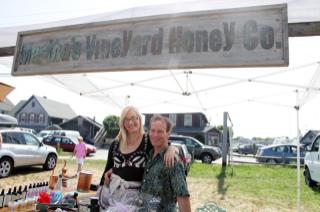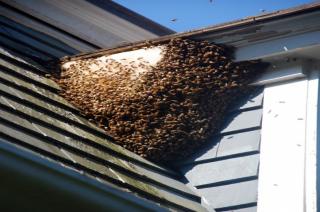What I don’t know is a lot! For example, all the petals of the echinacea are being eaten by a tiny worm. I can barely see it with my reading glasses. Sadly, only the center of the blossom remains on many of the flowers. I had several varieties in different colors. Honestly, it is always something!





